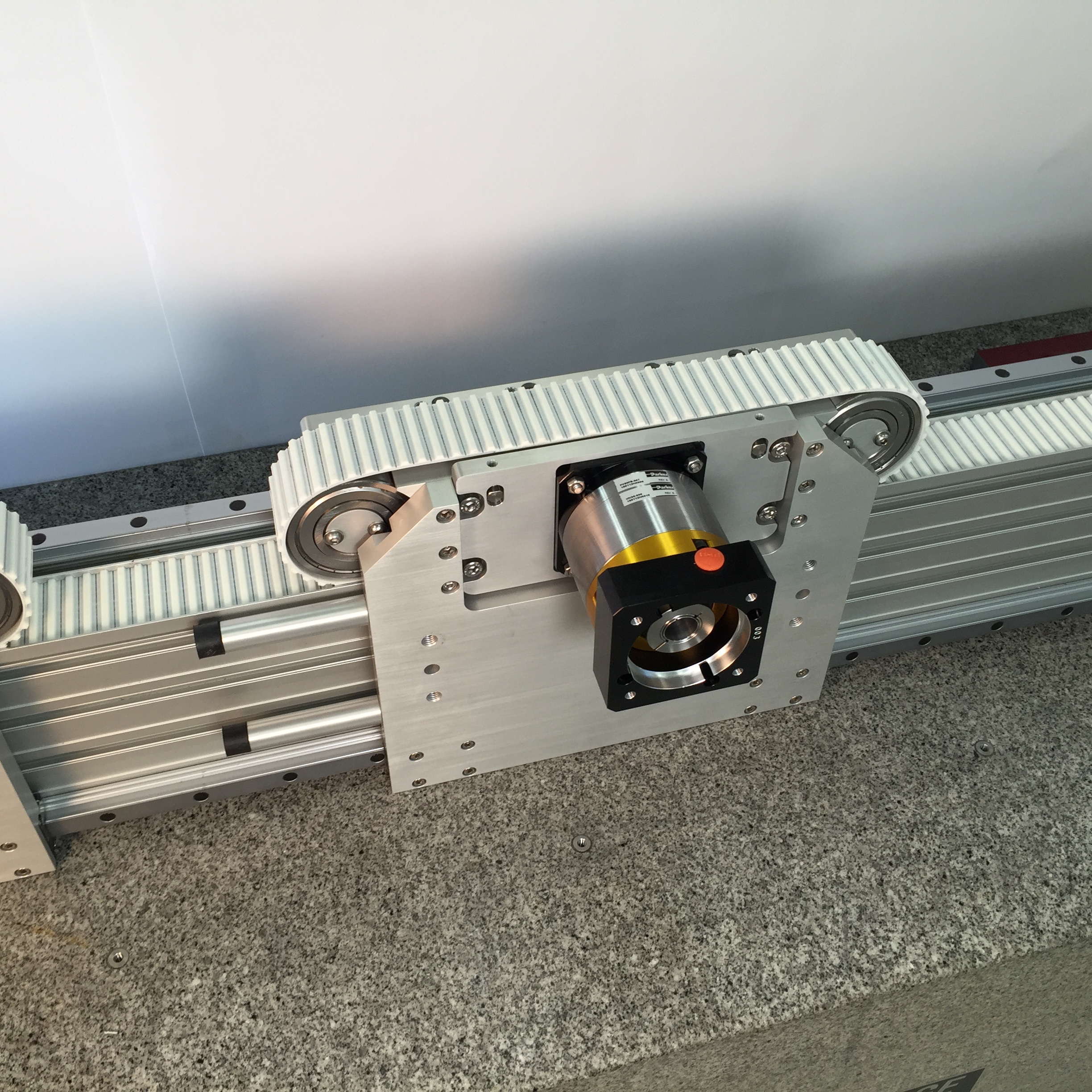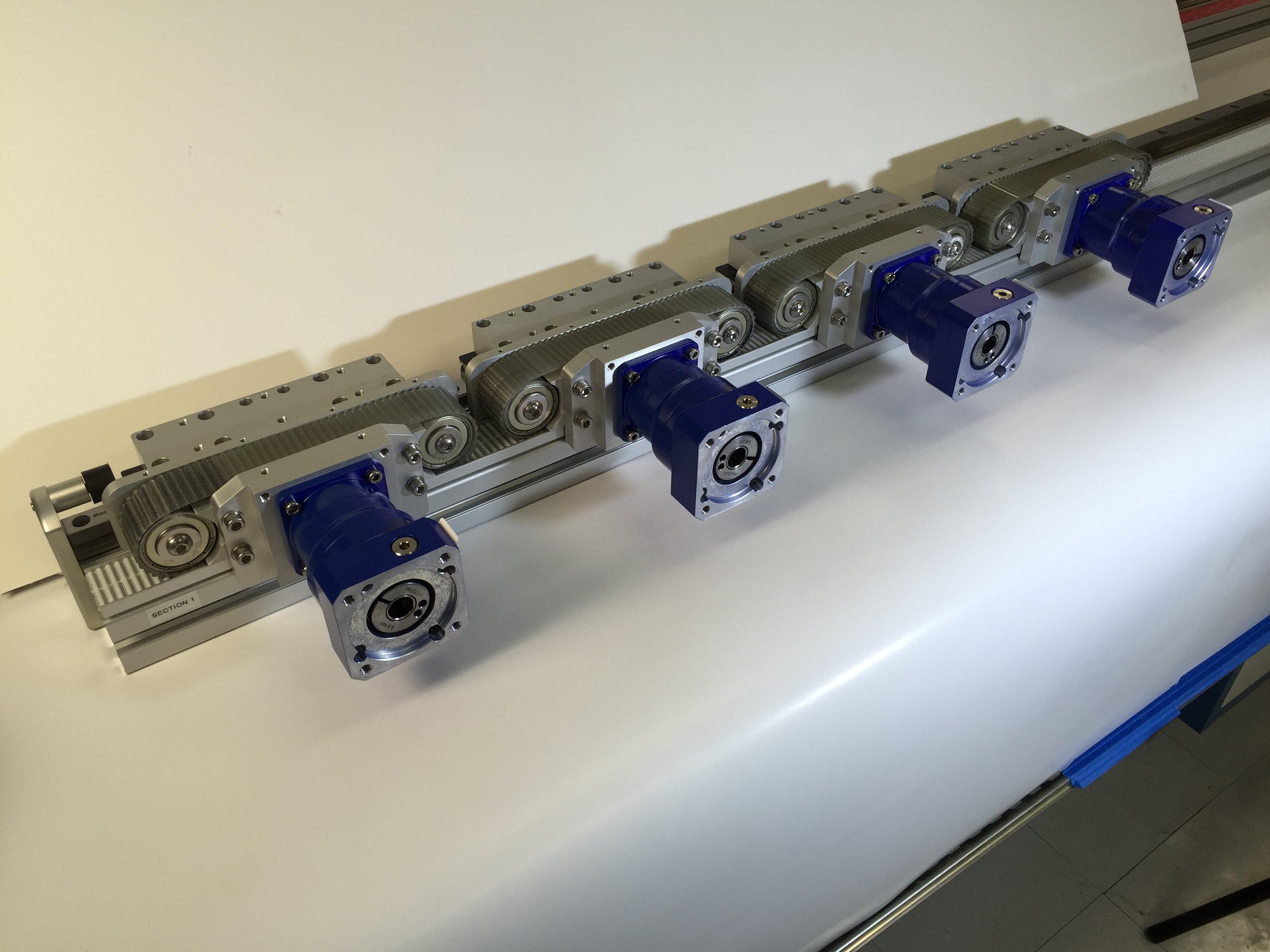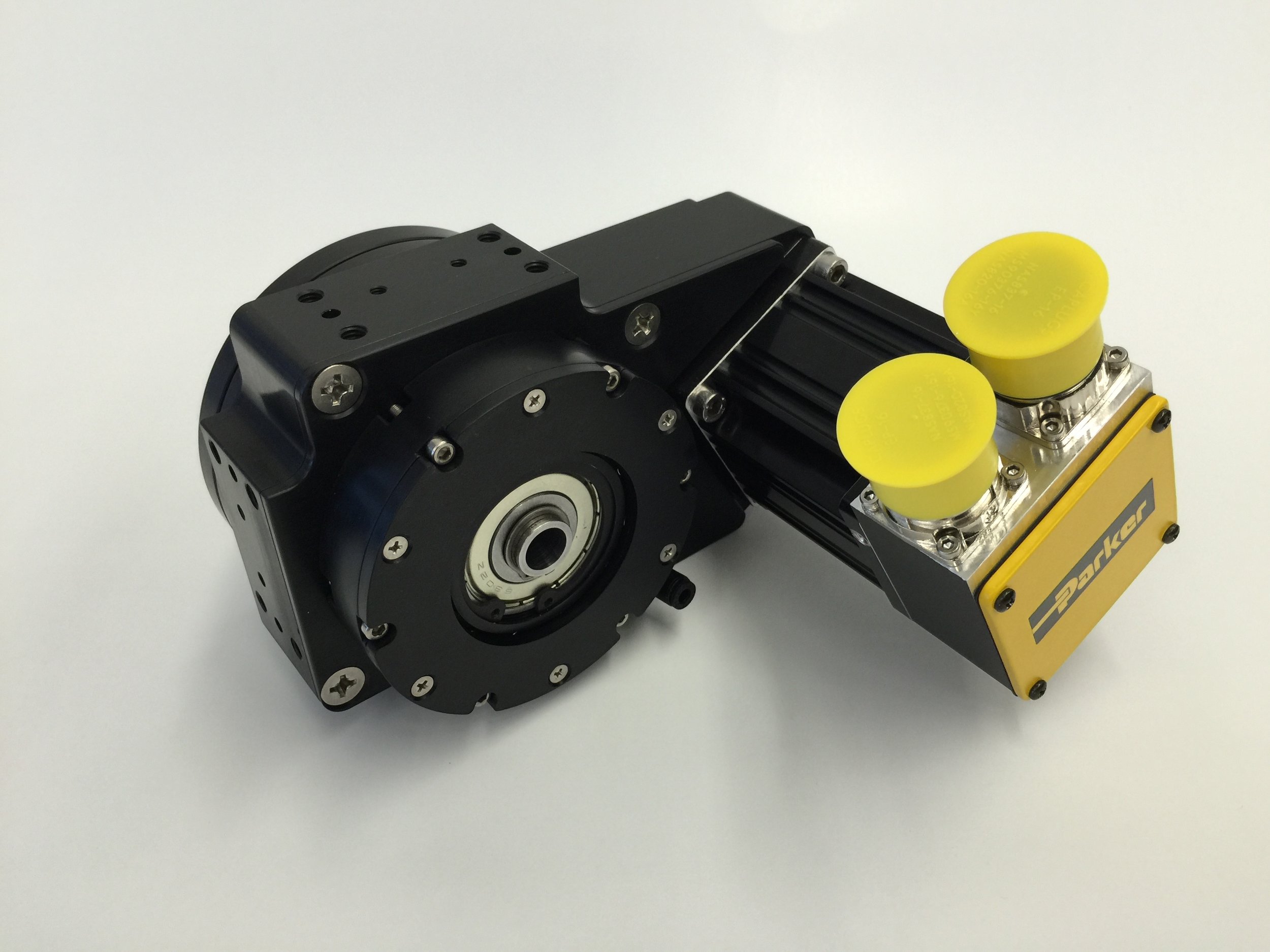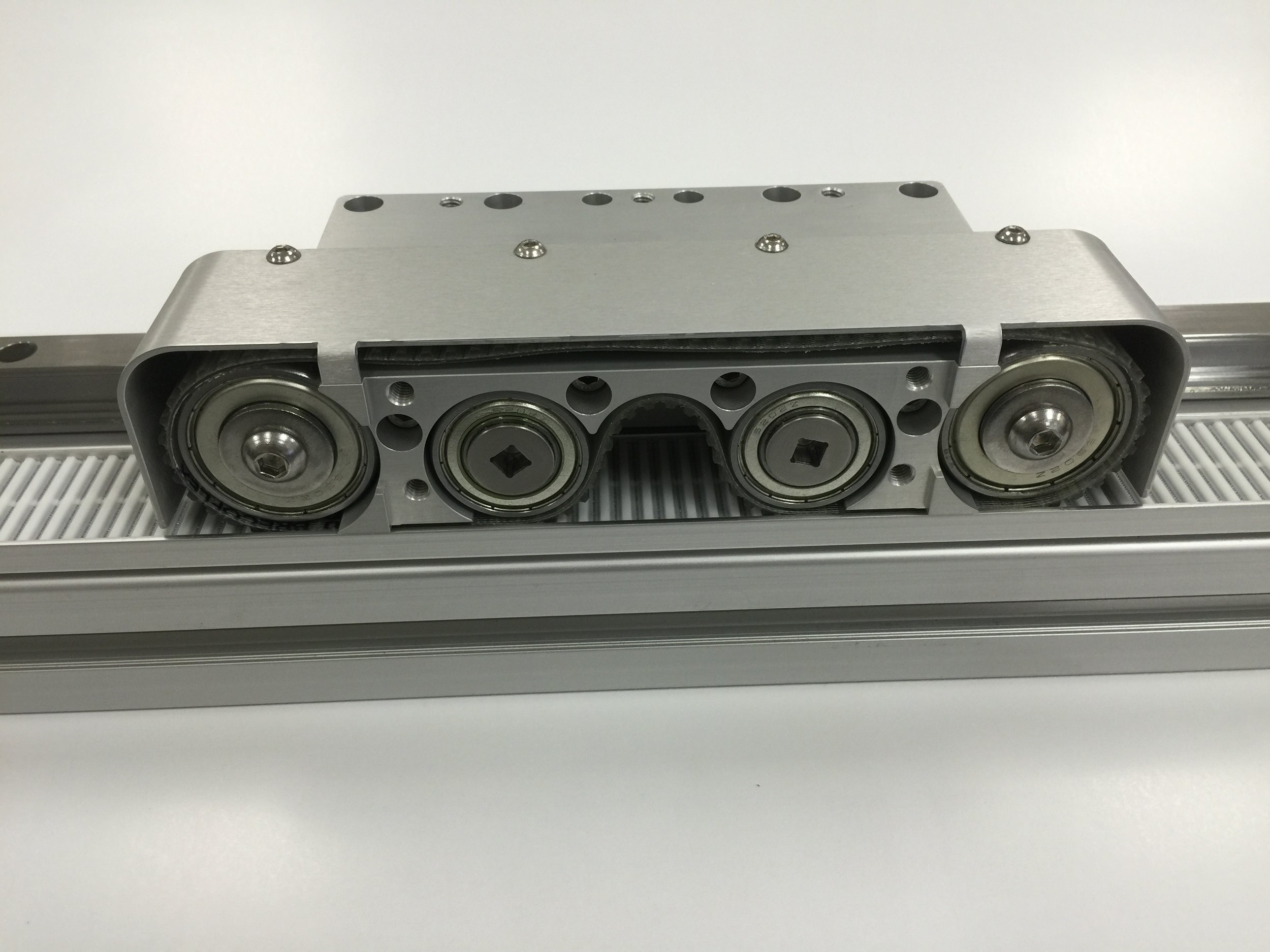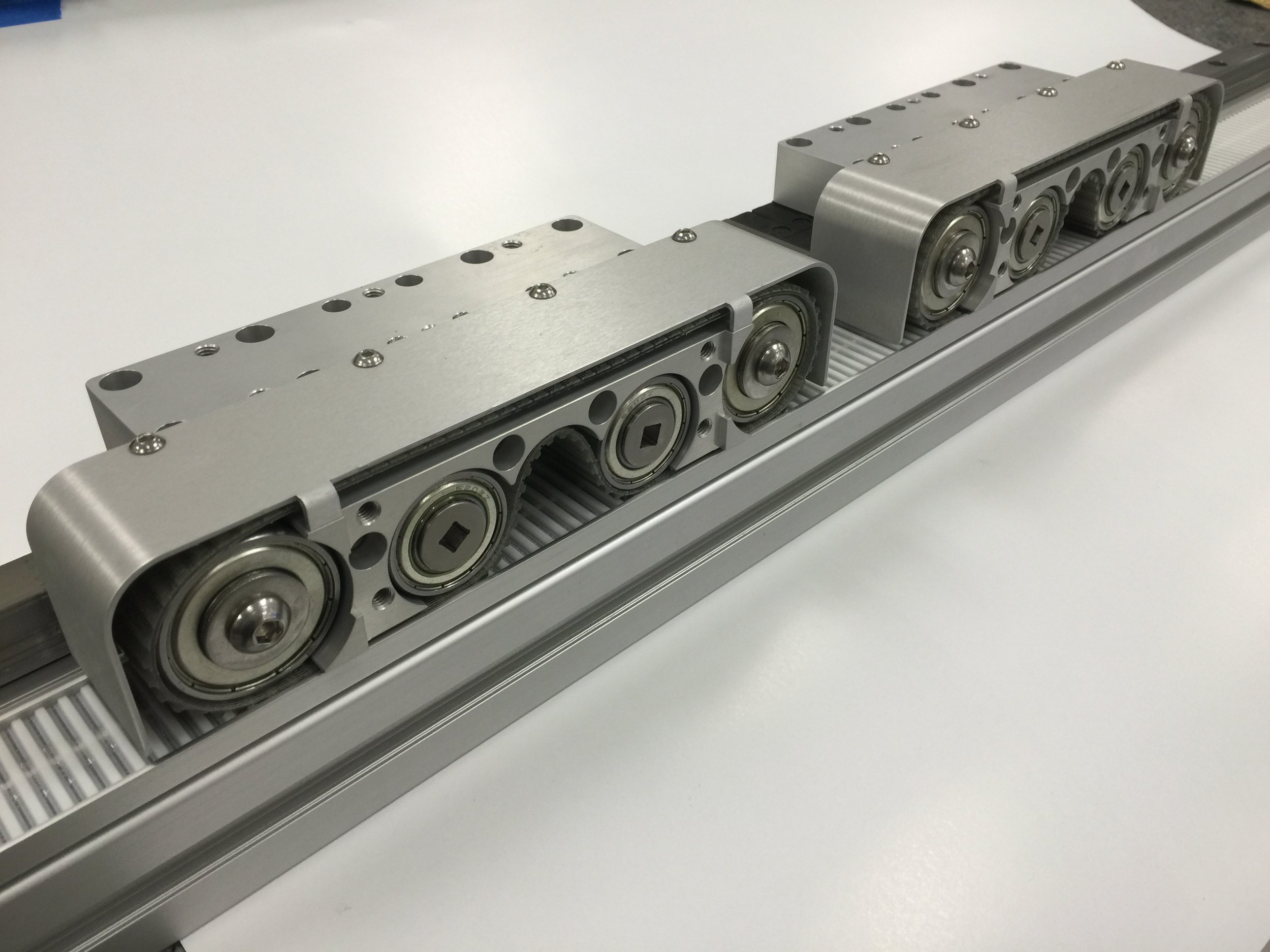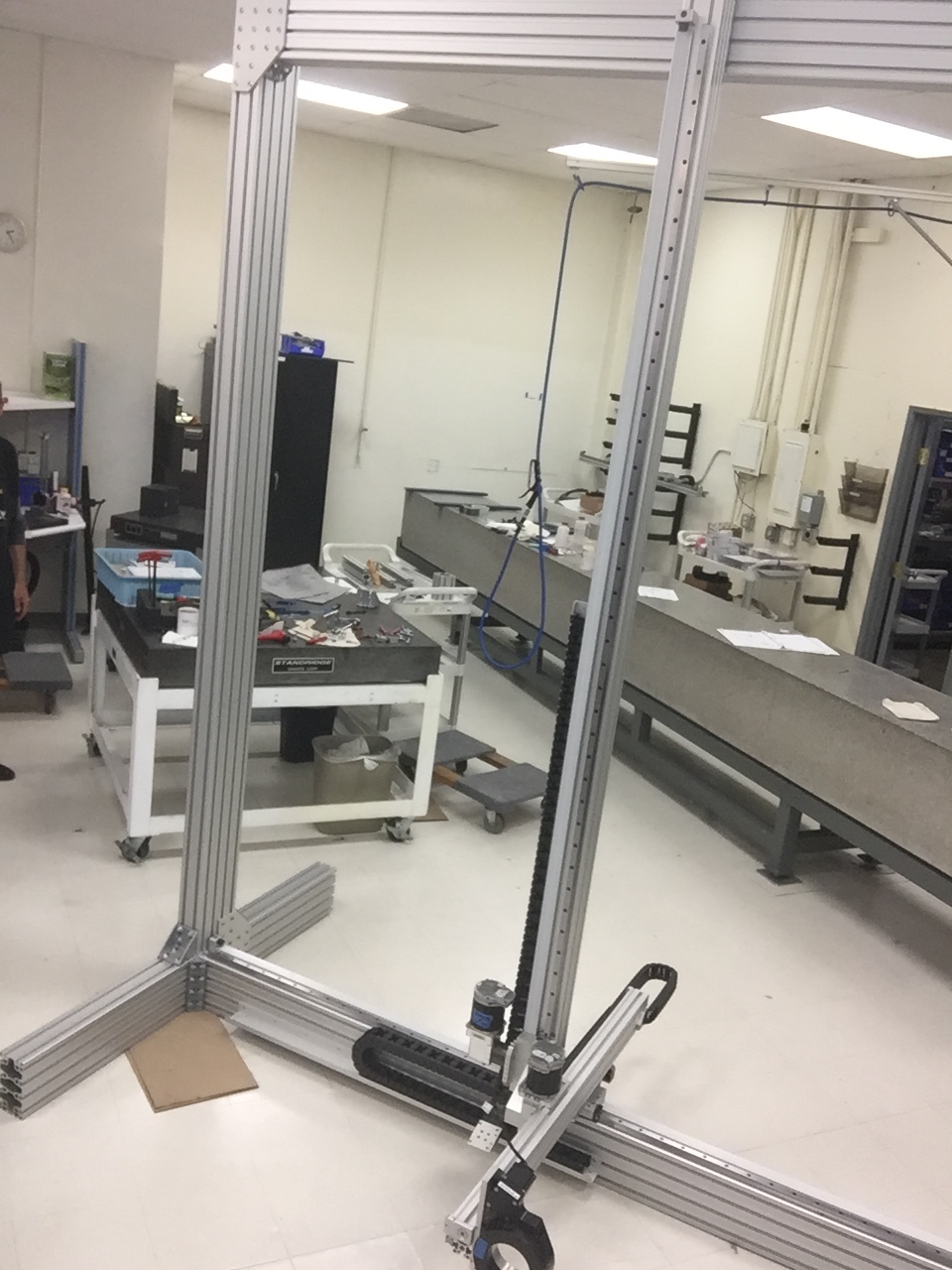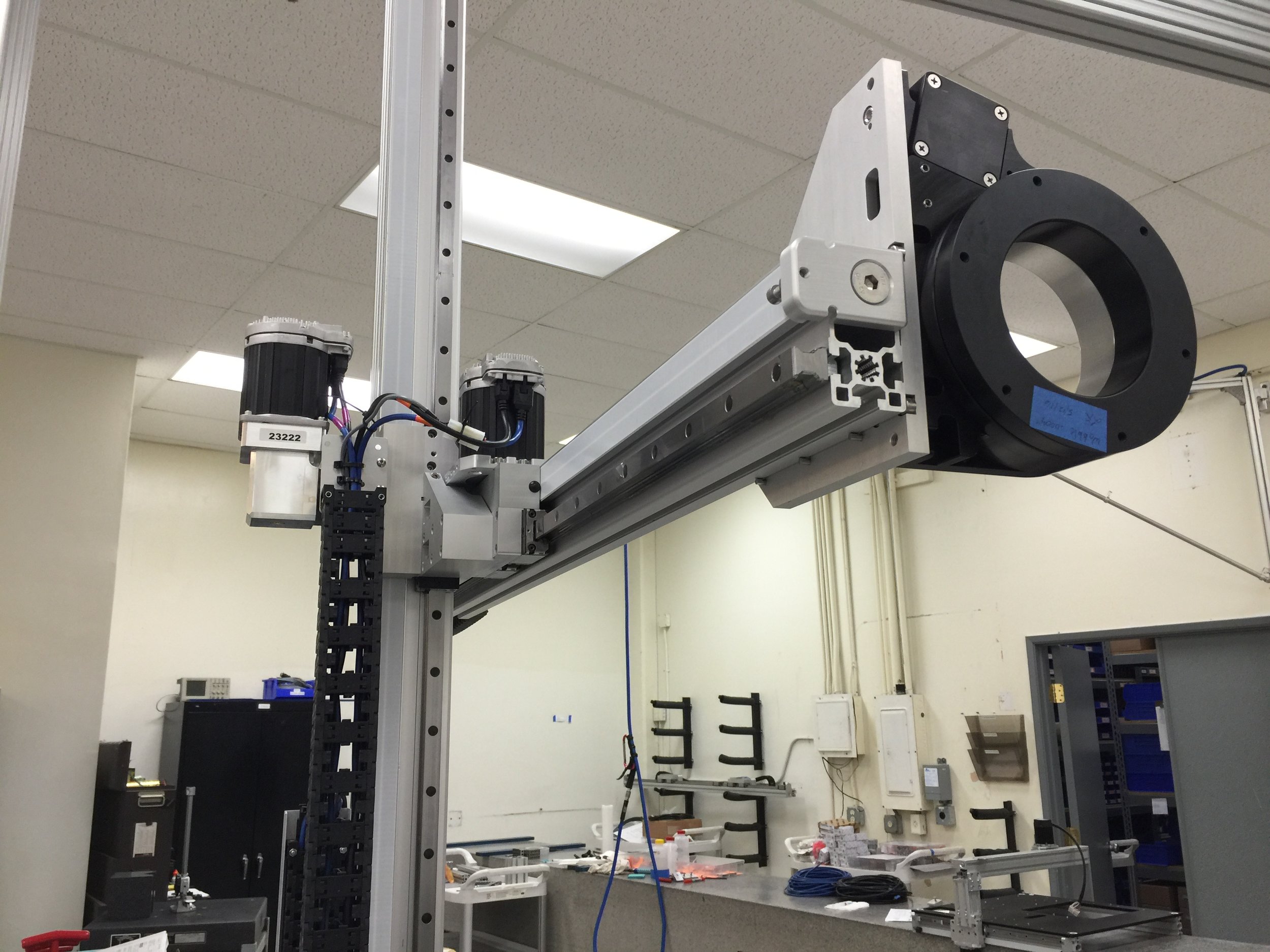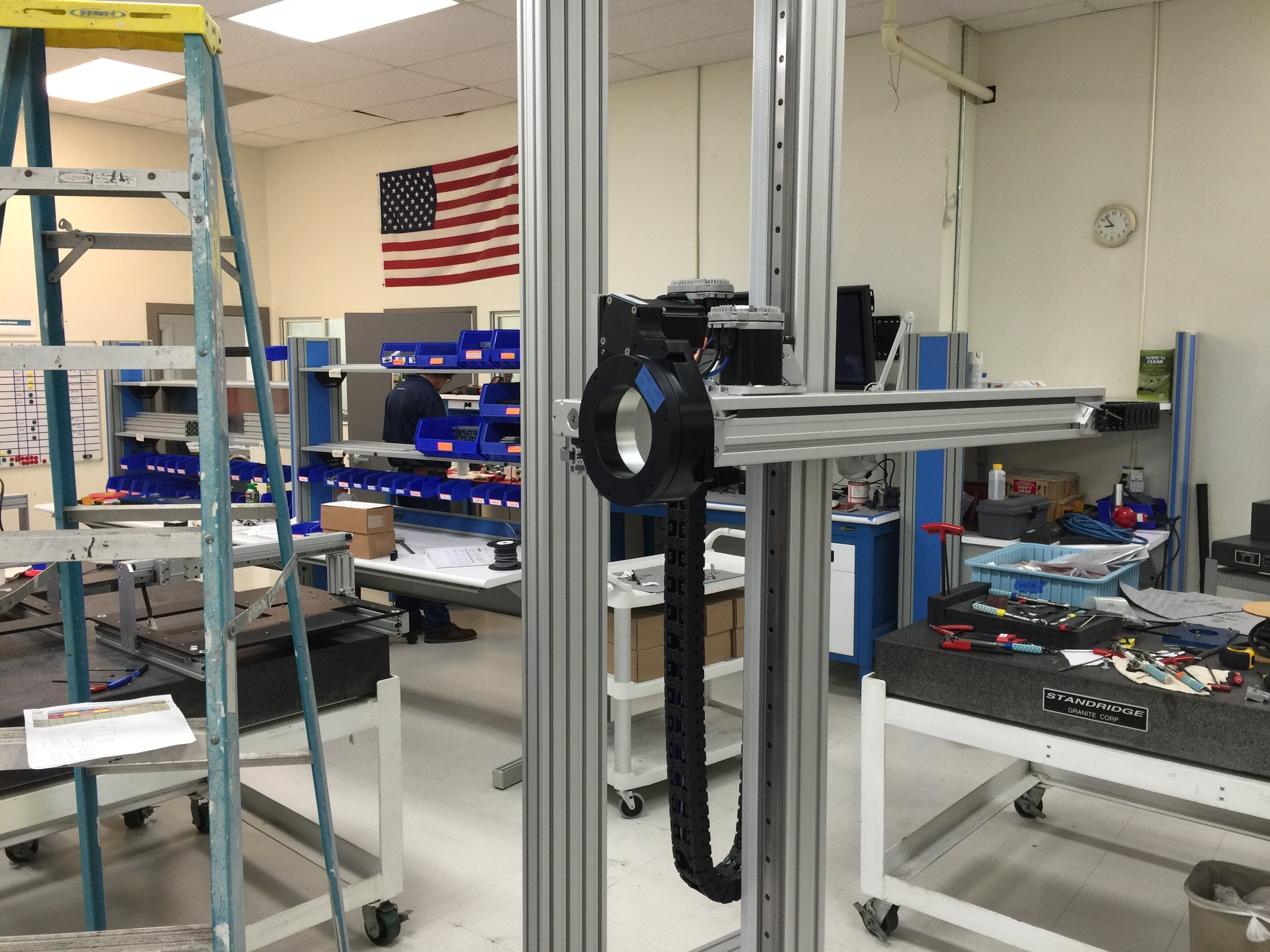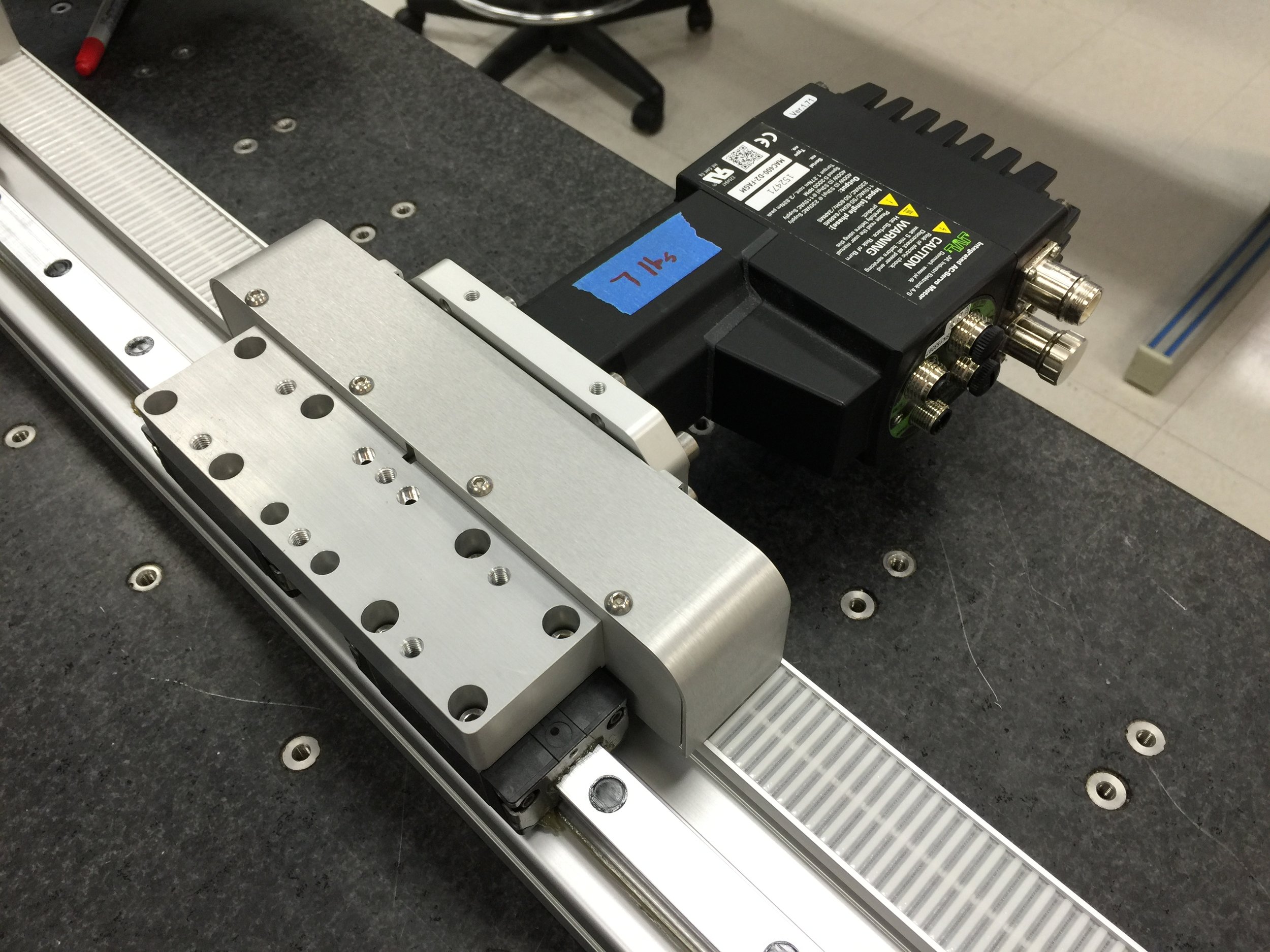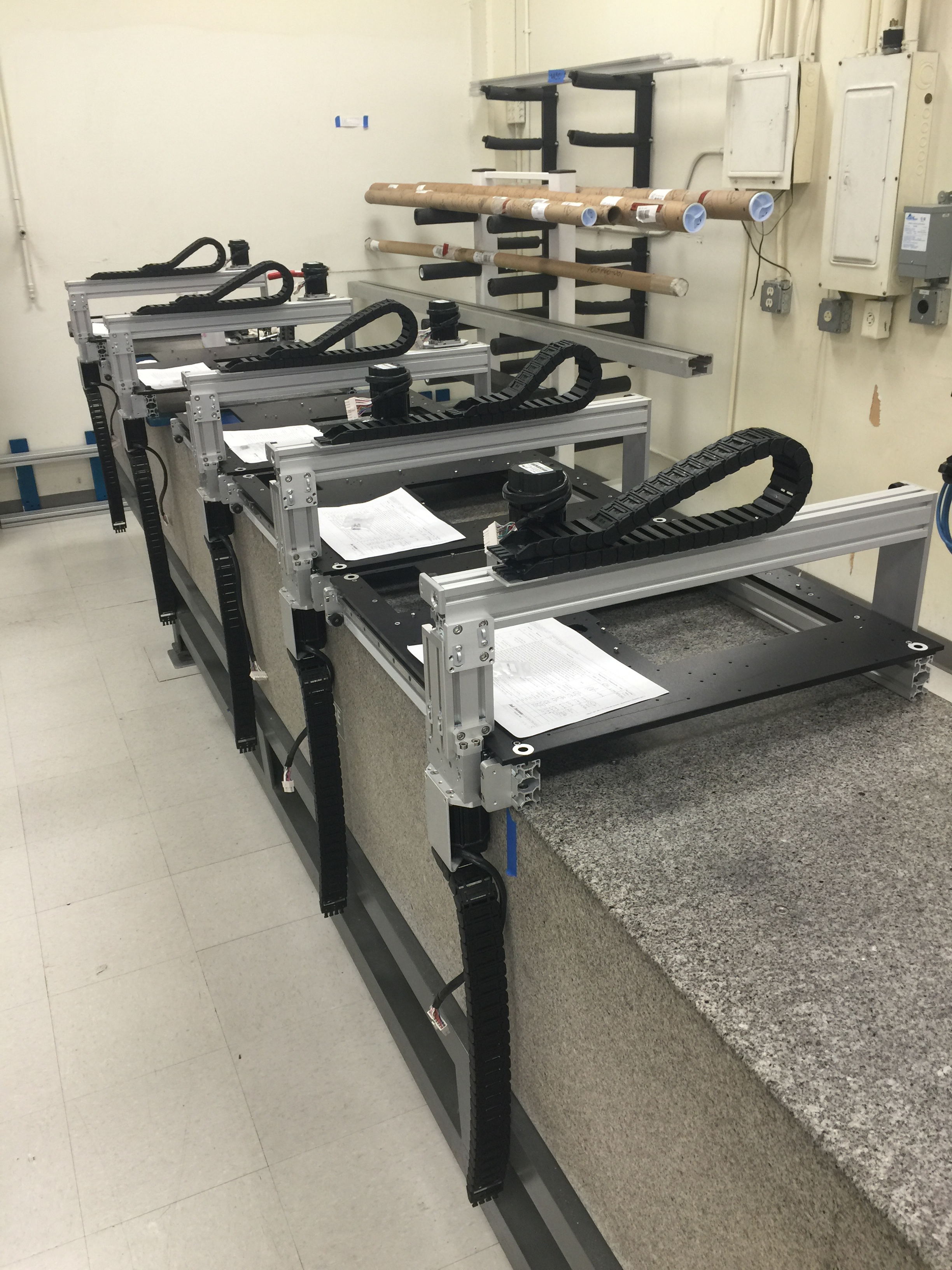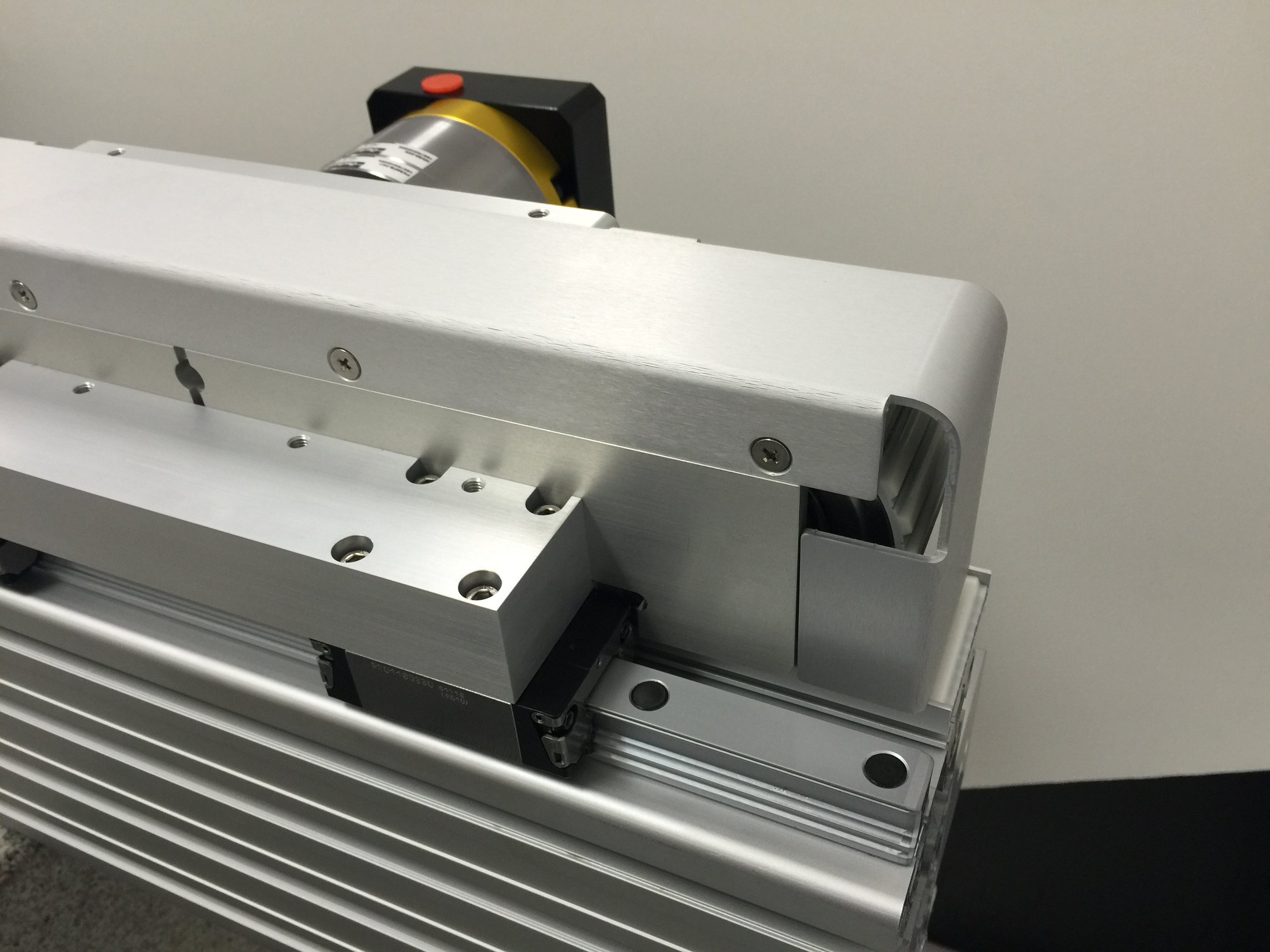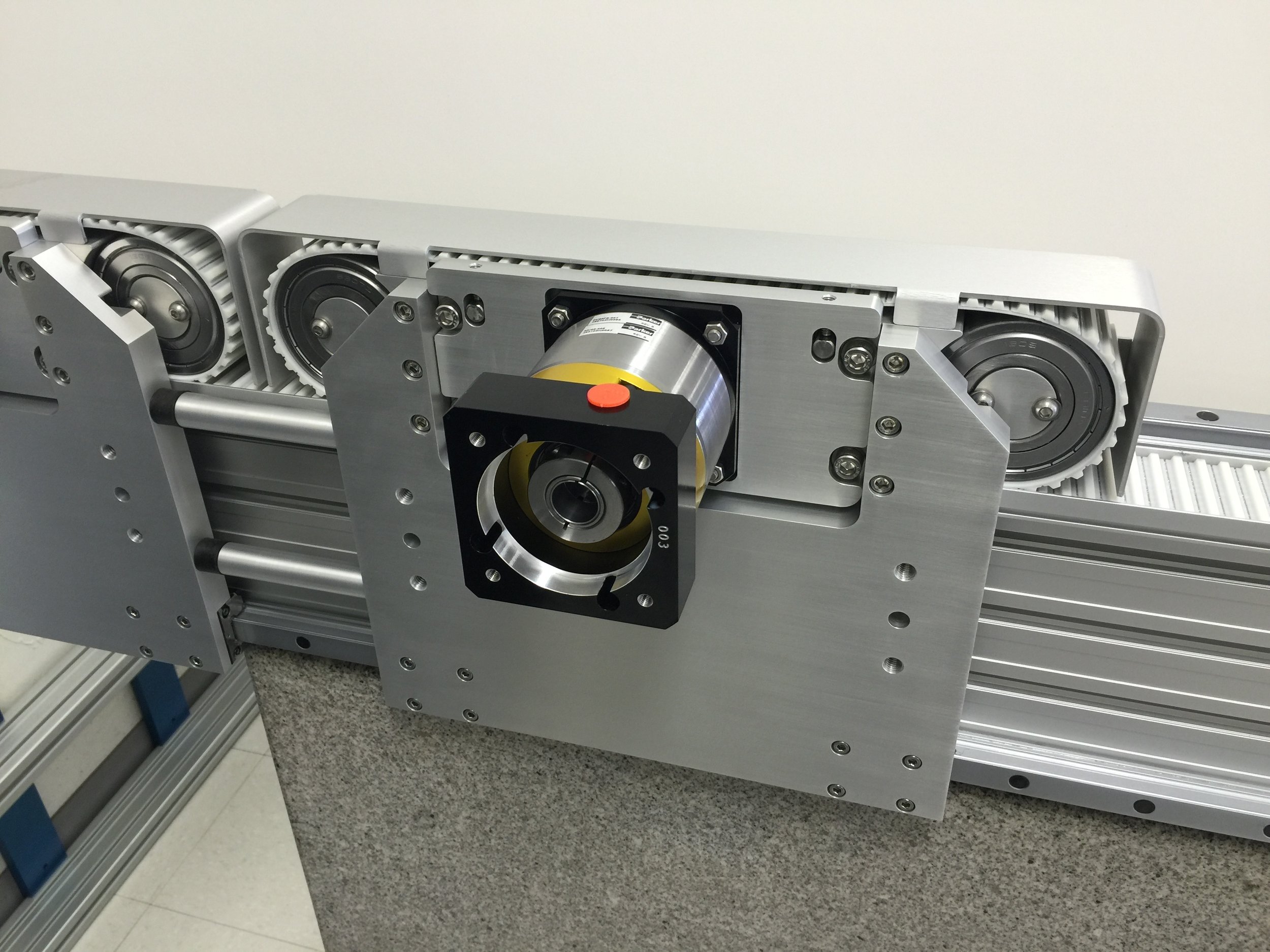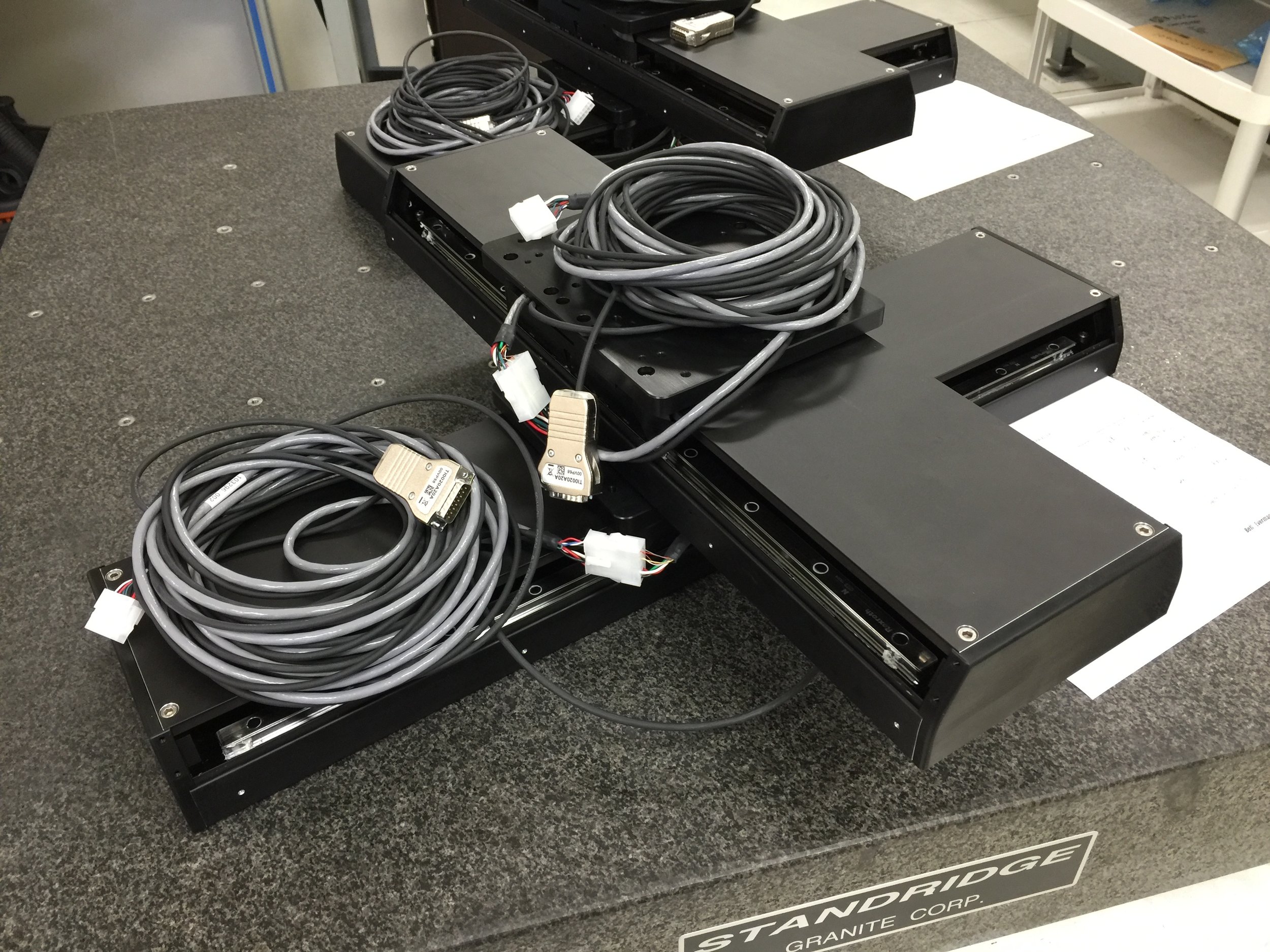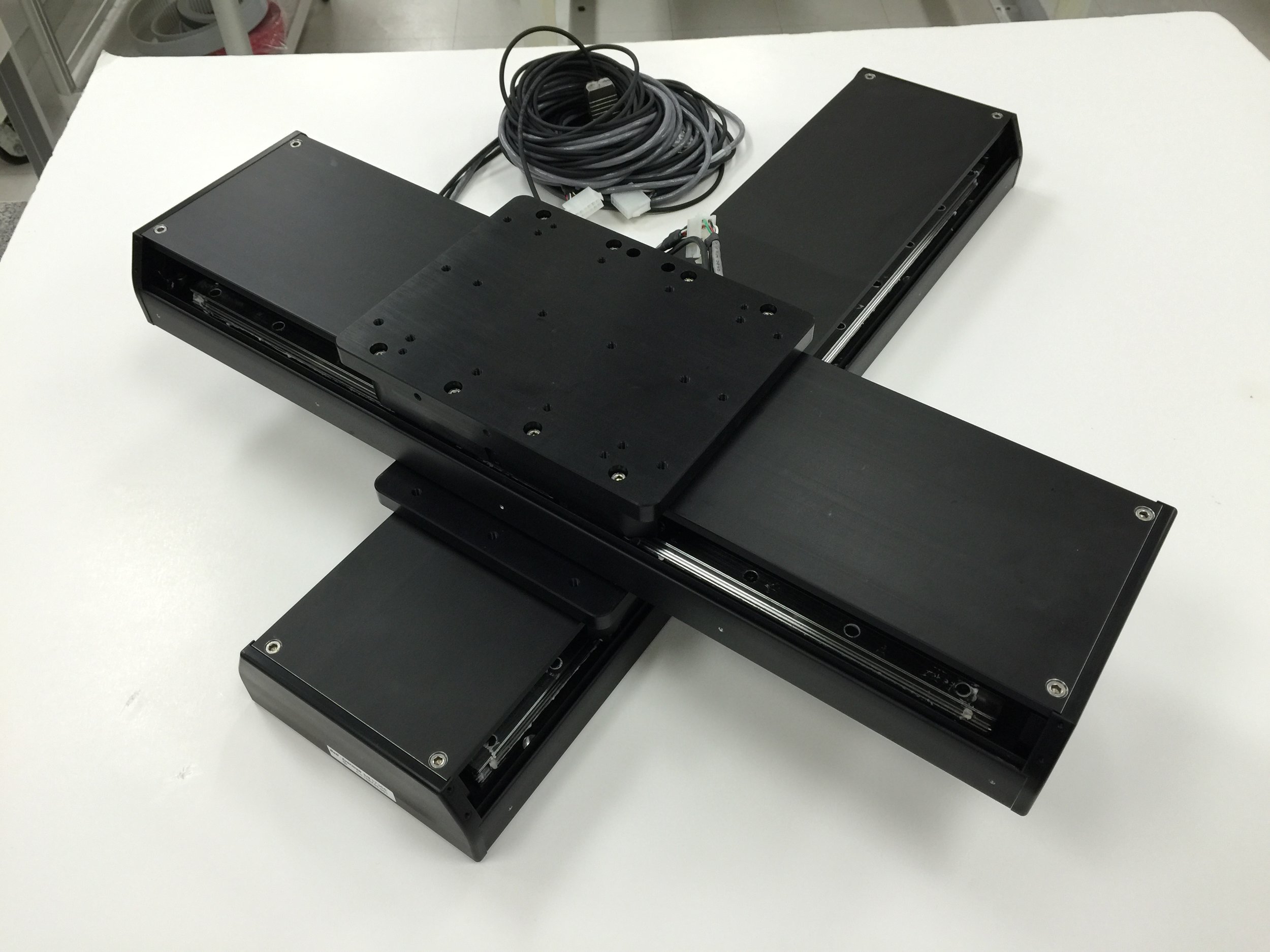> I've been watching seagulls a lot these days. Their normal sustaining flap is not much and particularly little at the root, as I imagine I'd like. I want to have a nice structurally sound wing spar and root connection with the fuselage. No gear teeth or other power transmission mechanism in between the two. That's what I like about the concept of pre curved spars used as torsion tubes. Rotate it so it curves down, and it remains a stout structural spar. > > This simple experiment has a cardboard web with plastic tubes fore and aft, with bent wires down both edges. Each can be torqued with a crank at the wing root. This continuous web makes for high torque ripple as the curved rods go in and out of opposing each other, or more precisely, rotating such that they must straighten out. The neat thing is that the torque required to straighten them (as the wing approaches zero dihedral) is merely stored, not lost. Torque ripple can be useful or just coped with, but lets see if striving for none makes us wonder why we were searching for pig lipstick. > It gets a nice snapping motion toward the ends of stroke, but otherwise the action is mostly wrong. Any skin needs to stretch omnidirectionally, or it will buckle trying to do combinations of curvature, namely "flapped down", whilst trying to twist, and so on. The worst comes later when we try to morph it flapped, twisted and cambered positive and negative as an airfoil is. Imagine cracking a measuring tape across your knee to get a feel for it. >
> >

